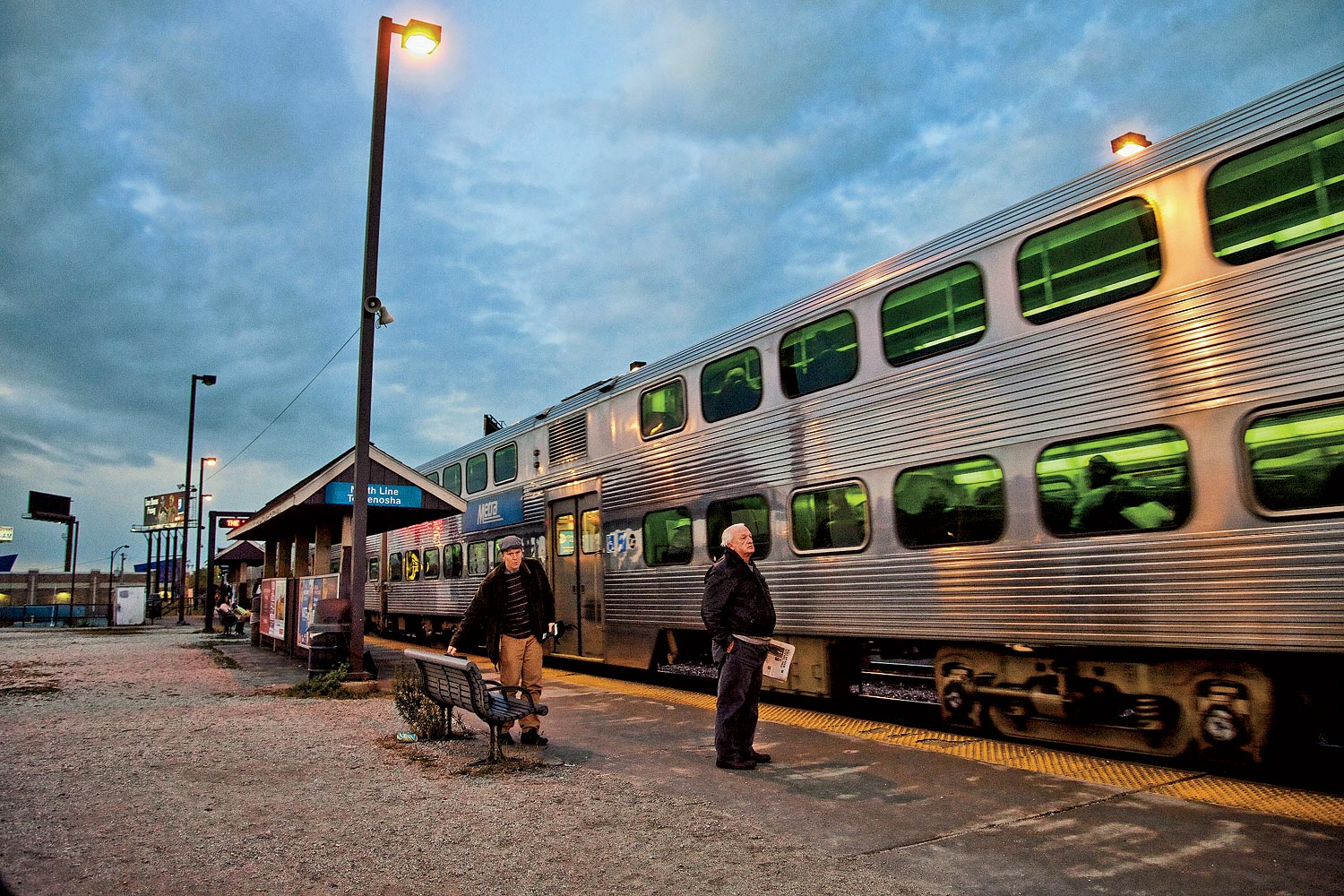Q: Many suburbs have charming, old-timey Metra stations, but those in the city are mostly bleak, windswept platforms. Why such a difference?
A: Follow the money. In the 1970s, legislation that resuscitated various dying commuter rail and bus lines in northern Illinois mandated that nearly all transportation taxes collected within Chicago limits go to the Chicago Transit Authority, which was in dire straits even back then.
The CTA, of course, runs the city’s buses and el trains. By contrast, Metra makes its money from suburban tax dollars (more than half of transportation taxes in the suburbs go to Metra; the rest is split between the CTA and Pace). As a result, says Chicago geographer and historian Dennis McClendon, “Metra doesn’t have much of a constituency to cater to in the city.” A Metra spokesperson did not respond to a request for comment.
Which isn’t to say that Metra ignores city commuters completely. It is currently overhauling the Ravenswood station, with Edgewater and Auburn Park stations soon to follow.
Have a question about Chicago? E-mail us at letters@chicagomag.com with the subject “Ask Chicago.”



